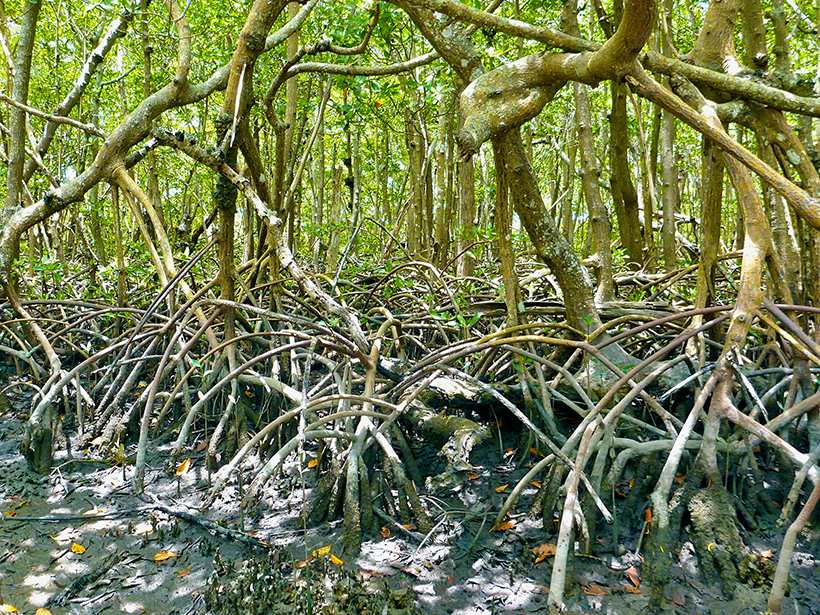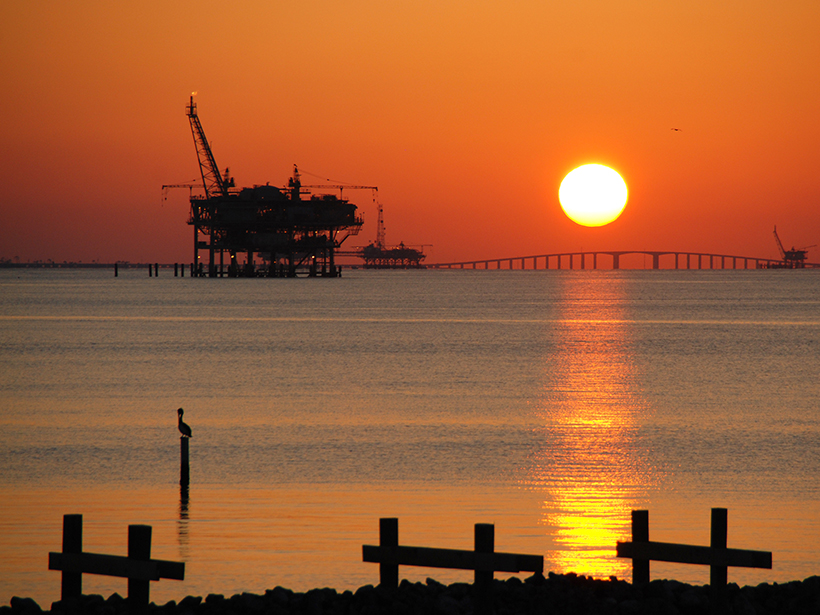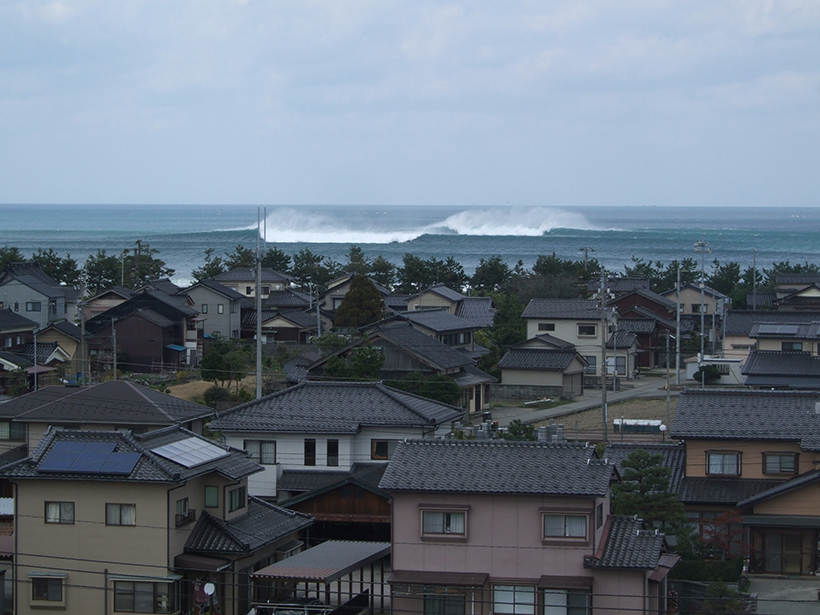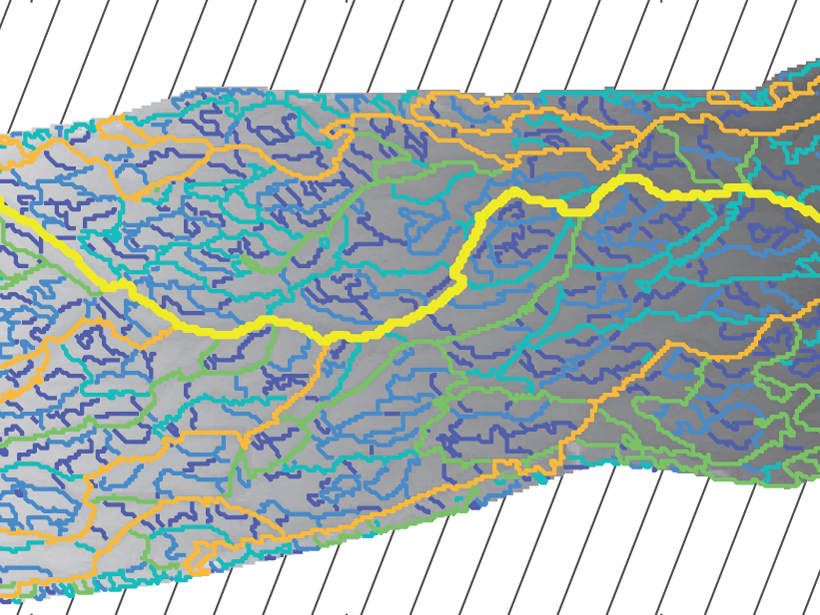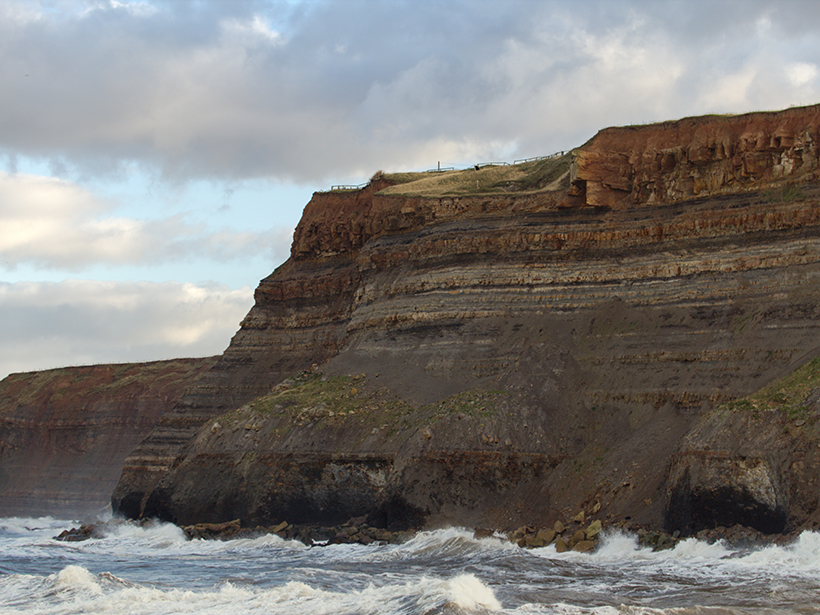Decades of research on river deltas identify gaps in our knowledge of delta behavior and the tools required to fill them in.
beaches, coasts, & shorelines
Florida Coastlines Respond to Sea Level Rise
For more than a century, carbon burial rates have been increasing on some southern Florida coasts. Scientists now verify this trend and propose an explanation.
Thirty Years, $500 Million, and a Scientific Mission in the Gulf
Gulf Research Program executive director Lauren Alexander Augustine discusses the impact science can have on communities when given money and time.
River Deltas at the Top of the World
The water that filters through river deltas has a large effect on the Arctic Ocean. A new study explores factors that shape Arctic river deltas and how delta form in turn changes water flow.
High Water: Prolonged Flooding on the Deltaic Mississippi River
Changing climate and land use practices are bringing extended periods of high water to the lower Mississippi River. New management practices are needed to protect people, industry, and the land.
Coastal Wetlands Save $1.8 Million per Year for Each Square Kilometer
The protective value of a plot of wetlands varies widely based on the county it shields from storm-related property damage.
Submarine Canyons Breed Megawaves in Japan
The canyons act like a prism, focusing waves into mammoths of destruction.
Representing Estuaries and Braided Rivers as Channel Networks
The human eye is quite good at identifying channel networks among the rich patterns exhibited by estuaries and braided rivers, but computers have a harder time doing so. Could they do better?
An Ice Sheet’s Footprint on Ancient Shorelines
Researchers combine observations of ancient shorelines and properties of Earth’s crust to infer the size of the Laurentide Ice Sheet during the last glacial cycle.
Timing Matters for Rockfall Estimates
Researchers studying an eroding coastal cliff detected 10 times more rockfall events when monitoring surveys were conducted hourly versus monthly.


